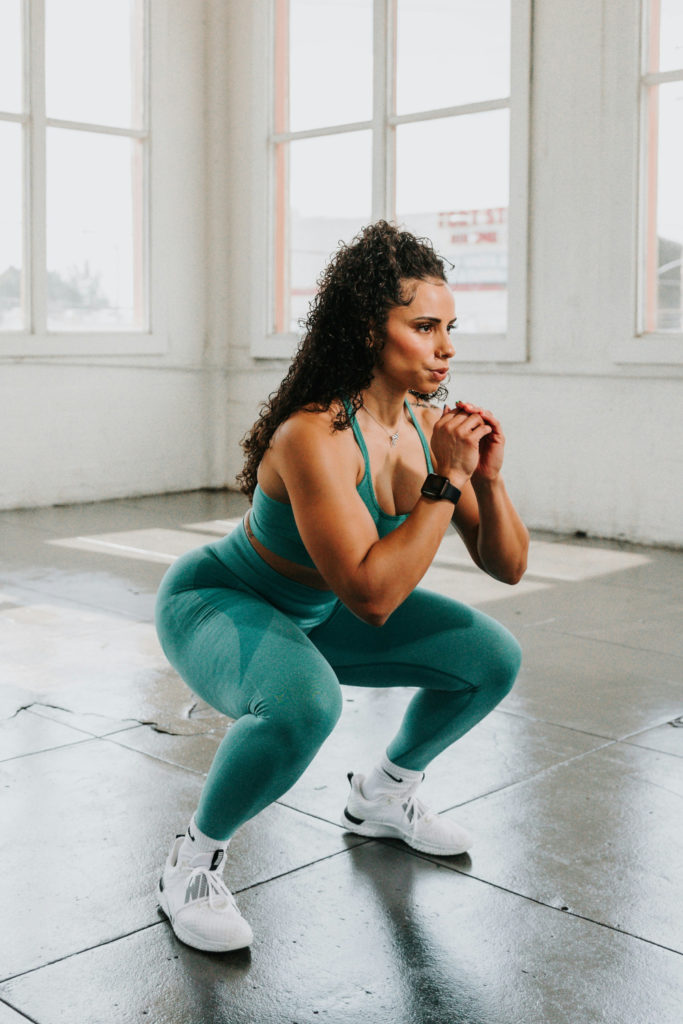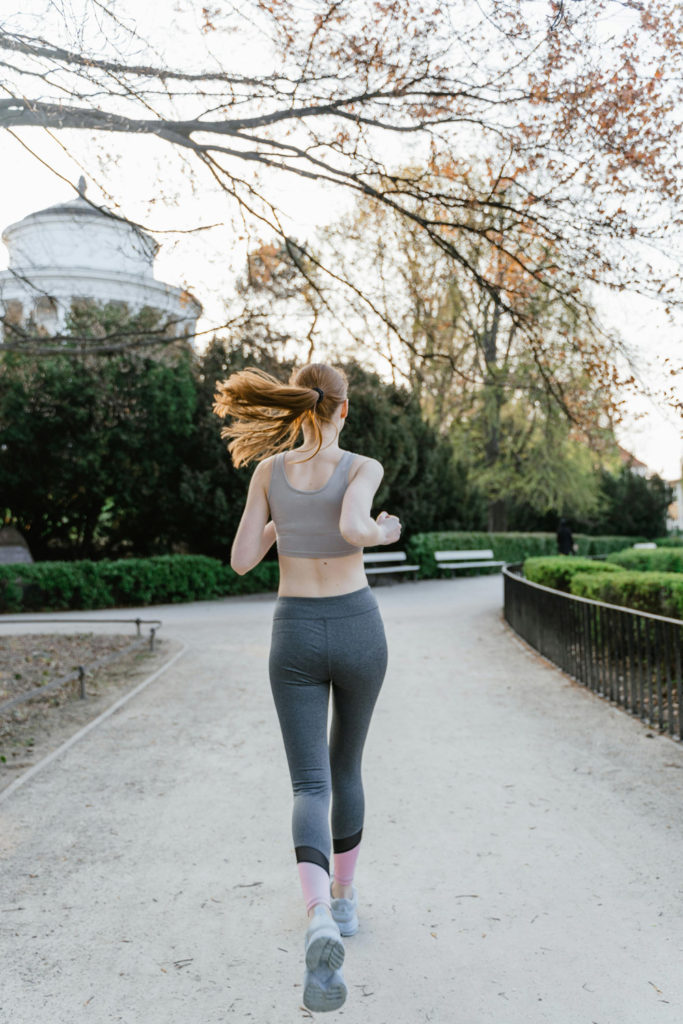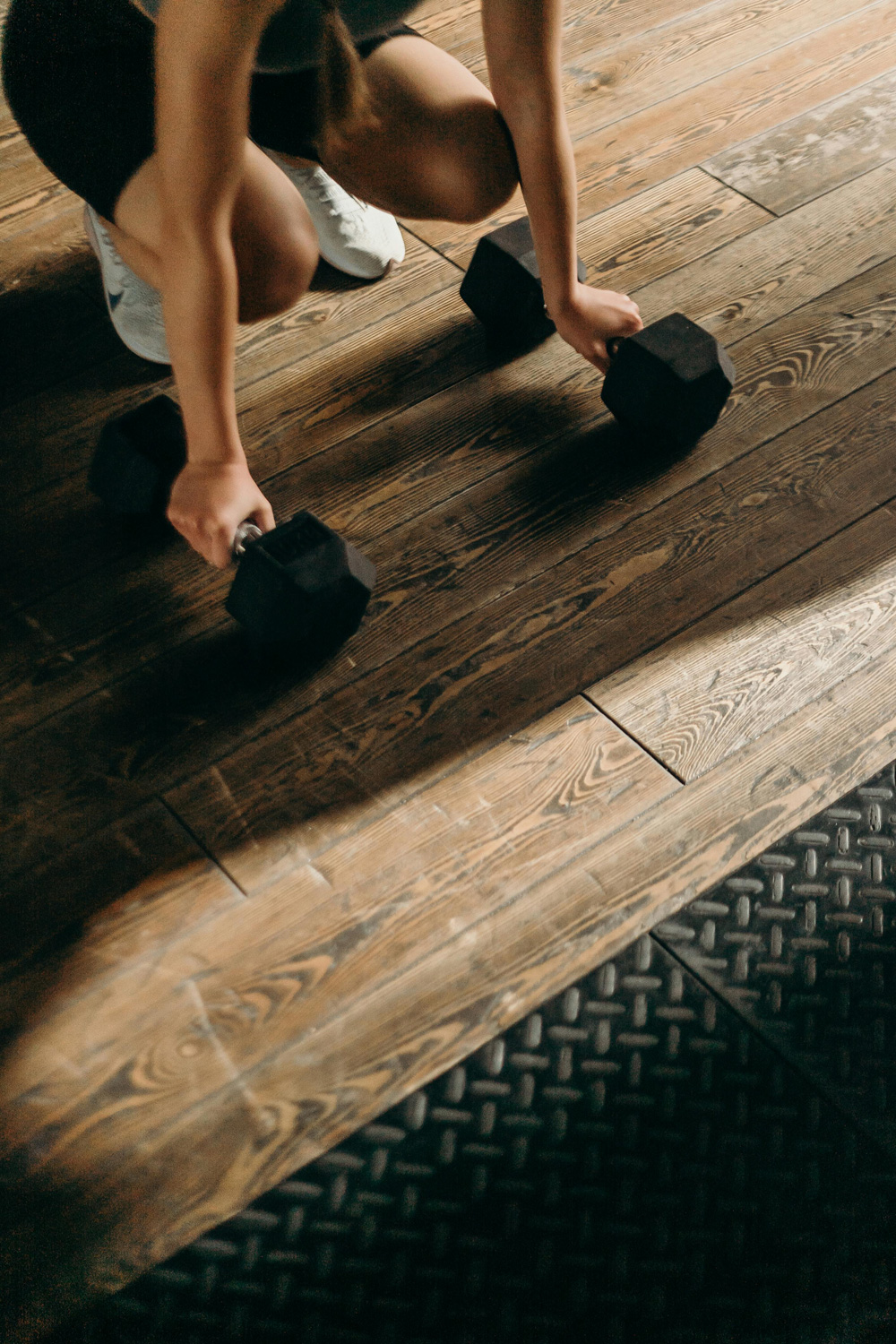
Cycle Syncing: How To Tailor Your Workouts To Your Hormones
By
5 months ago
An expert's guide to aligning your exercise routine to your cycle
Ever noticed that some days, workouts feel much harder than others? One day you’ll breeze through a spin class feeling on top of the world, while another time you’ll be desperately looking at the clock from the minute you arrive. Well, that’s in large part down to hormones: the changes that occur during each part of the menstrual cycle affect everything from energy levels to mood. So how can we tailor our workouts to suit different times of the month? Enter cycle syncing: the practice of adapting your lifestyle to your menstrual cycle – including your exercise plan. We spoke to the experts at hormone tracking app Hormona to find out more.
Cycle Syncing: Benefits & How To Do It
What Is Cycle Syncing?
It’s a buzzword right now, but what does cycle syncing actually mean? ‘Cycle syncing is the practice of aligning your lifestyle with the natural hormonal changes you experience throughout your menstrual cycle,’ says Karolina, CEO and co-founder of Hormona. ‘This means adjusting your diet, exercise routine and lifestyle habits to suit the phases of your cycle, which research has shown can have a positive impact on your overall mood, stress levels, and wellbeing. Ultimately, cycle syncing is all about optimisation and embracing the highs and lows of your cycle, making your hormones work for you, rather than letting them control your daily life.’ This method could be useful for anyone with a menstrual cycle, however, it may be trickier for people on hormonal birth control.
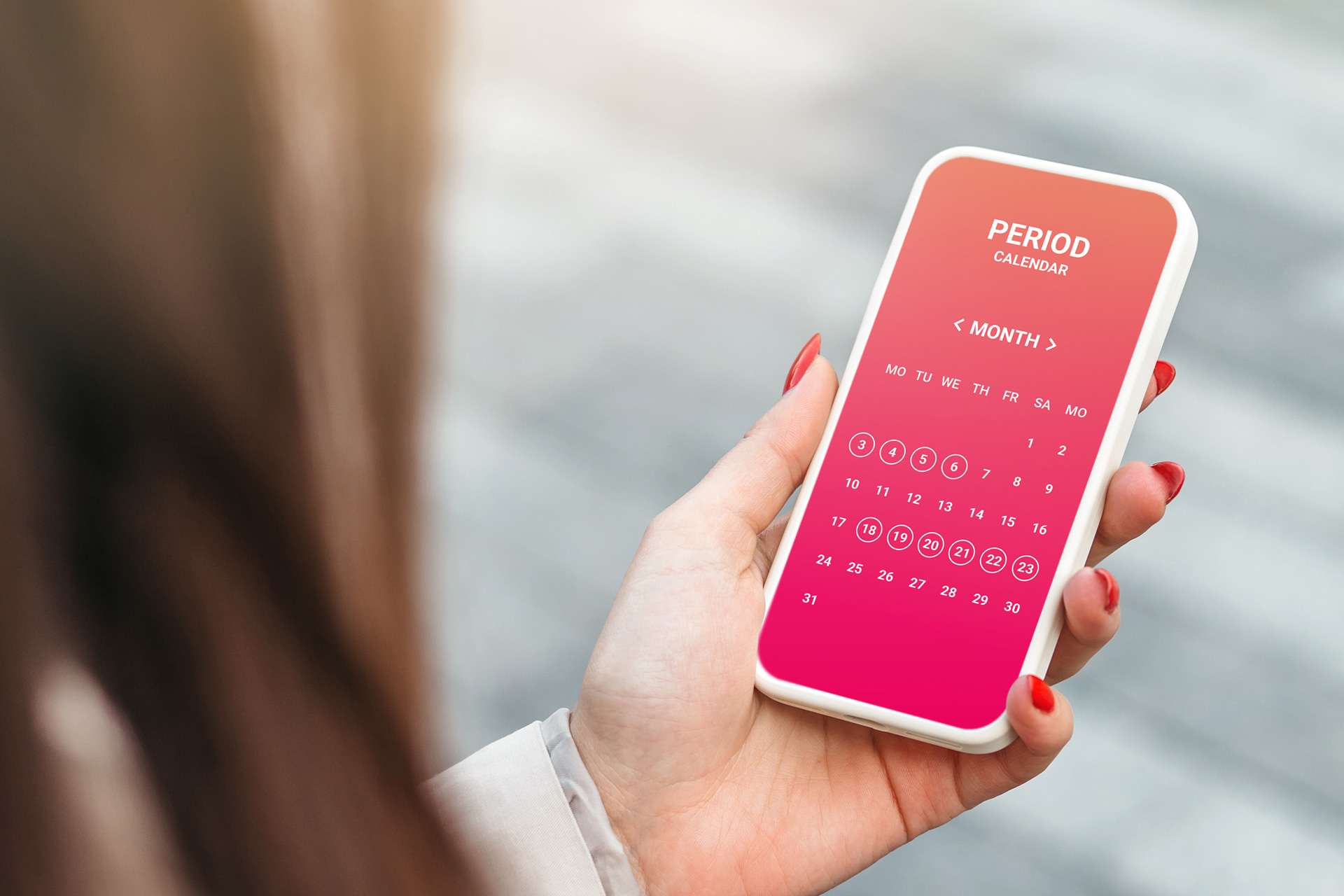
Getty Images
What Are The Benefits?
The key benefit of cycle syncing is that it encourages us to be kind to ourselves, and work with our bodies rather than against it. ‘We all know the feeling of pushing through a workout when our bodies are working against us,’ notes Megan, Hormona’s in-house nutritionist. ‘We are often left feeling defeated and angry at our lack of motivation or energy levels. Cycle syncing allows us to be gentle with ourselves, giving our bodies grace when they may be naturally a little slower or not as strong, and up the intensity when our hormones are on our side and help to increase our strength and recovery time.’
Not only that, but exercising in this way can help get better results. ‘It can help you utilize your body’s energy in the most effective way and prevent you from feeling exhausted,’ explains Anna, in-house obstetrician and gynecologist at Hormona. So if you’re trying to get a new 10k PB, you can plan the big run on a day when you’re feeling at your best, meaning you’ll likely be speedier. And if you’re feeling worn out, you can use that time to focus on that all-important sleep, rest and recovery – a crucial part of any training plan.
Cycle syncing could also help prevent injury. Although evidence in this area is fairly limited, one study published in Orthop J Sports Med found the incidence of ACL injury is higher during the ovulatory phase, as peak levels of oestrogen cause an increase in relaxin, a hormone that loosens ligaments and muscles.
What Are The Different Phases Of The Menstrual Cycle?
‘There are two main phases of your menstrual cycle: the follicular phase and the luteal phase, with ovulation serving as a dividing point between them,’ Anna explains. ‘However, we can divide your cycle into more parts based on your feelings, hormone fluctuations, and what’s happening inside your body.’
- The early follicular phase: ‘This is the time when a new cycle begins in your ovaries. A set of follicles is recruited. They start to grow, compete, and only one is selected to become dominant and eventually released as an egg. During this phase, your uterus sheds its lining, which we commonly refer to as your period.’
- The middle follicular phase: ‘This is the time of the dominant follicle growth and maturation. It releases estrogen, which in turn raises your energy levels and sex drive. You may notice an increase in the quantity of cervical mucus, with its consistency changing from being thick to thinner.’
- Ovulation or the late follicular phase: ‘Ovulation occurs approximately in the middle of your cycle when the dominant follicle is mature enough to release an egg. As estrogen levels peak a few days prior, you may experience heightened energy levels, increased sex drive, glowing skin, and a strong motivation to exercise.’
- The early luteal phase: ‘This phase begins right after ovulation when the corpus luteum – a new structure that produces high amounts of progesterone – is formed in place of the dominant follicle after it bursts. You might experience a brief drop in mood if you’re sensitive to estrogen fluctuations. However, not everyone feels this way – only about 11 percent of young menstruating women report such sensitivity. During this phase, your energy levels can be high, accompanied by a good mood and motivation.’
- The late luteal phase: ‘This phase starts about a week before your next period. You may experience mood swings, irritability, and a lack of desire to socialize due to the drop in estrogen and progesterone that occurs approximately three days before bleeding starts. These feelings can sometimes begin earlier. Additionally, symptoms such as cramping pain, insomnia, loose stools, and water retention are common during this time, making it challenging for menstruating women, as these symptoms typically resolve once the period begins.’
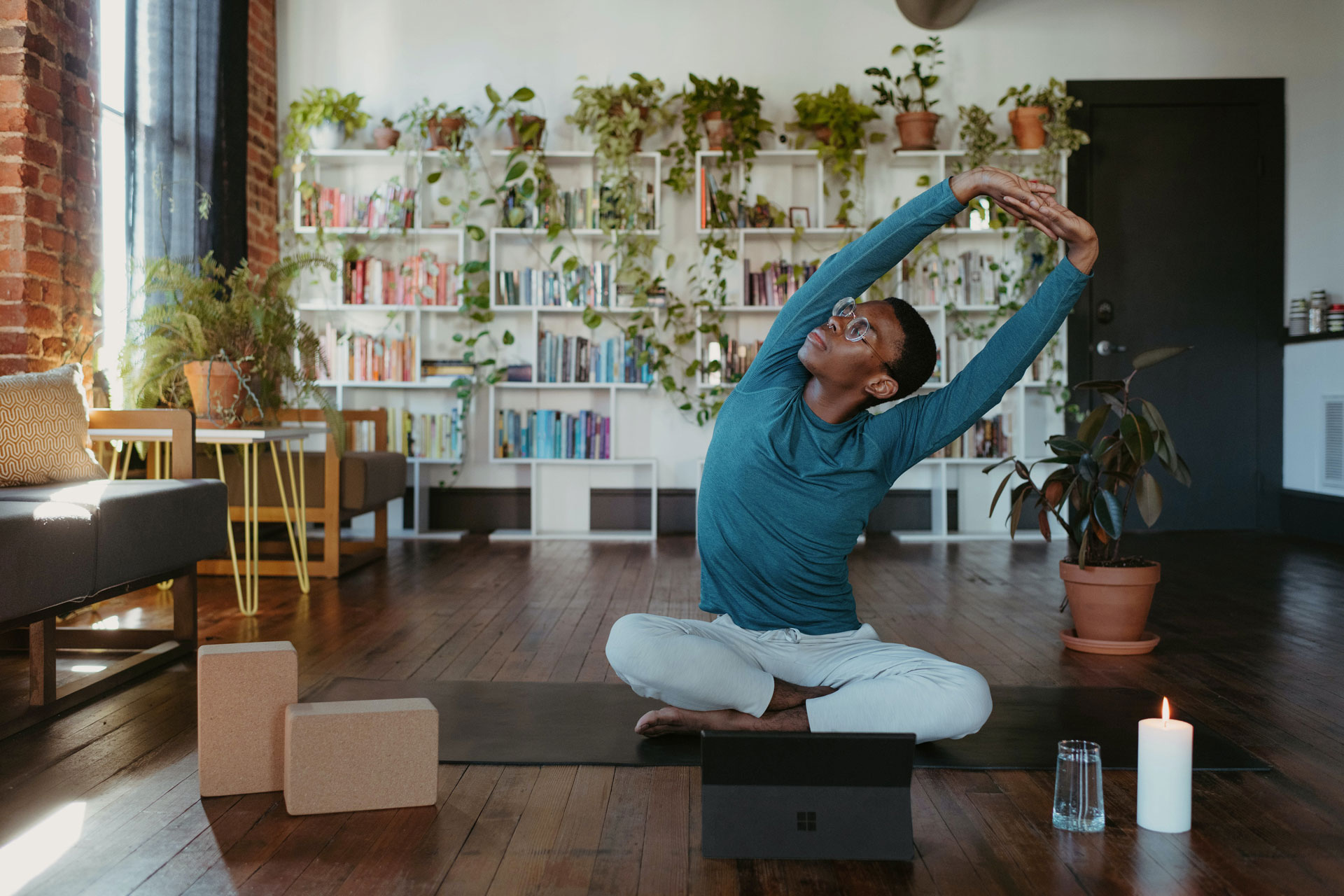
How To Tailor Your Workouts To Your Cycle
During your early follicular phase or period, Anna recommends focusing on low-intensity exercises such as swimming, stretching and walking. ‘As your energy levels rise, you can gradually increase the intensity of your workouts,’ she says. ‘During the middle of the follicular phase, consider activities like pilates, cycling, and dancing.’
Once you come into ovulation and the early luteal phase, you may feel more up for high-intensity training, such as running, jumping and cycling. The late luteal phase, Anna adds, ‘can be challenging for many’ so ‘low-intensity activities are recommended’. She suggests using this time to ‘take a stretching class, relax by swimming, or attend yoga classes’.
Saying that, Megan stresses that cycle syncing shouldn’t be seen as a strict plan. ‘The best part about cycle syncing is feeling more empowered and knowledgeable about your hormone fluctuations, and using that as information to inform how you move and eat,’ she says. ‘We really believe in listening to your body and moving it and nourishing it in a way that feels the best for you on that day.’ Health experts have also pointed out that our cycles alone don’t dictate how we feel – factors like sleep, stress and nutrition also play a crucial role, so it’s best to incorporate all of the above into a personalised plan rather than one based on your cycle alone.





